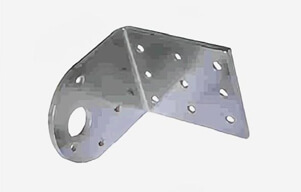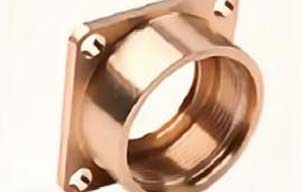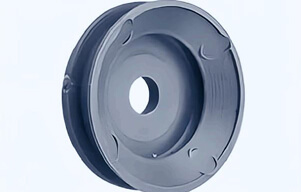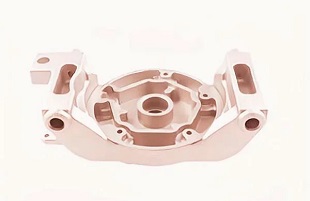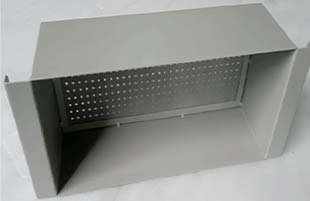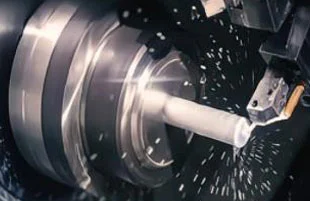Rapid prototyping has revolutionized the manufacturing industry by providing quick and cost-effective ways to create prototypes. It involves creating physical models of products using 3D printing, CNC machining service, and other manufacturing techniques. The advantages of rapid prototyping are many, including reducing the time and cost of production, increasing accuracy and precision, and allowing for more flexible designs. However, there are also several cost considerations that manufacturers need to keep in mind when using this technology.
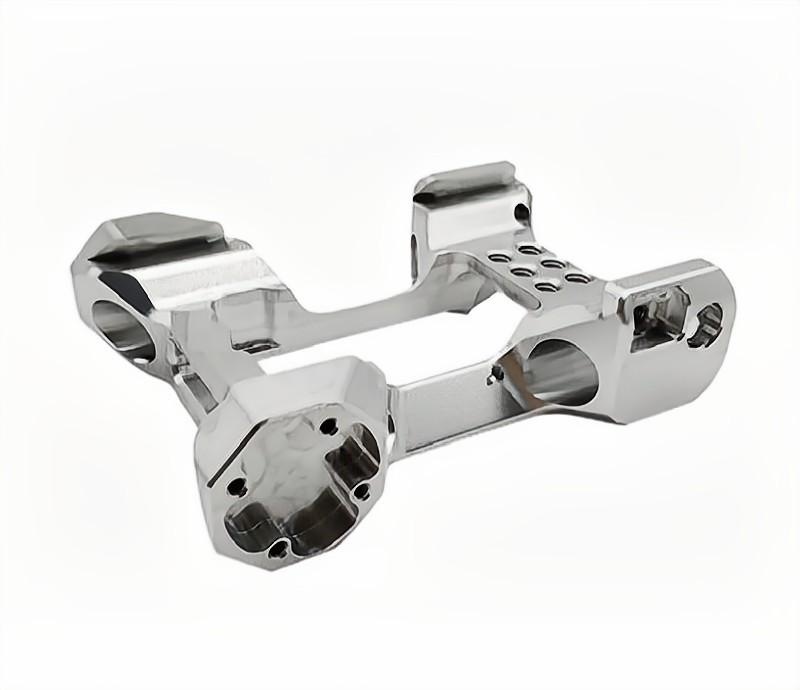
Material costs of rapid prototyping
One of the biggest costs associated with rapid prototyping is the cost of materials. Depending on the technology used, the cost of materials can vary greatly. For example, 3D printing materials can range from low-cost plastics to high-end metals, while CNC machining service may require more specialized and expensive materials. It's important to choose the right materials for the job to ensure that the prototype is both accurate and functional, while also keeping costs in mind.
Design complexity of rapid prototyping
Another factor that can affect the cost of rapid prototyping is the complexity of the design. More complex designs require more time and effort to create, which can increase costs. This is especially true for 3D printing, where designs with intricate details or multiple components can take longer to print and require more support materials. CNC machining service is typically better suited for complex designs, but it can also be more expensive than other rapid prototyping methods.
Batch size of rapid prototyping
When it comes to small batch manufacturing, batch size is a critical cost consideration. The larger the batch size, the more cost-effective it is to produce each individual item. However, this can also lead to excess inventory and waste if the demand is not there. Conversely, producing small batches can be more expensive per unit, but it can also be more flexible and better suited for niche markets.
Production speed of rapid prototyping
The speed at which prototypes can be produced is another important cost consideration. While rapid prototyping can significantly reduce the time it takes to create a prototype compared to traditional methods, there can still be variations in production speed depending on the technology used. 3D printing, for example, can take several hours to produce a prototype, while CNC machining service can be completed much faster. Understanding the production speed of different rapid prototyping methods can help manufacturers choose the best option for their specific needs and budget.
Labor costs of rapid prototyping
Finally, labor costs are another factor to consider when it comes to rapid prototyping. The amount of labor required for each prototype can vary depending on the technology used and the complexity of the design. For example, 3D printing may require less manual labor but more setup time, while CNC machining service may require more manual labor but less setup time. It's important to factor in the cost of labor when calculating the overall cost of each prototype.
In conclusion, rapid prototyping and small batch manufacturing can offer significant cost savings and other benefits to manufacturers. However, it's important to carefully consider the cost implications of each method, including material costs, design complexity, batch size, production speed, and labor costs. YS Rapid is a professsional rapid prototyping and small batch manufacturing service provider who can help customers choose the most cost-effective and efficient approach to produce their prototypes meeting their specific needs and budget, supporting customers bring their new products to market faster and more cost-effectively than ever before.

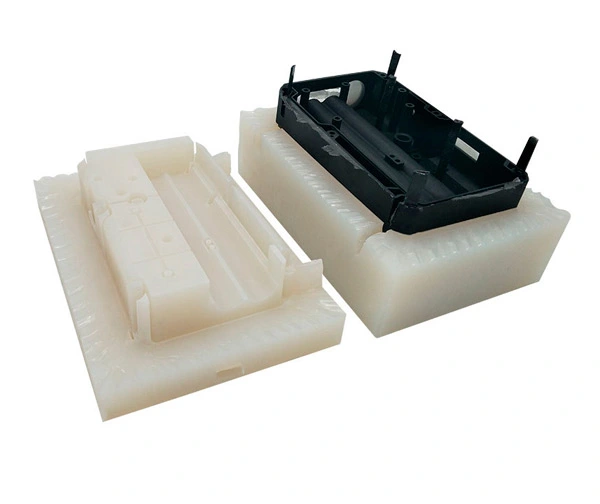
 EN
EN
 ja
ja  ko
ko  fr
fr  de
de  es
es  it
it  pt
pt  ar
ar  tr
tr  iw
iw 
